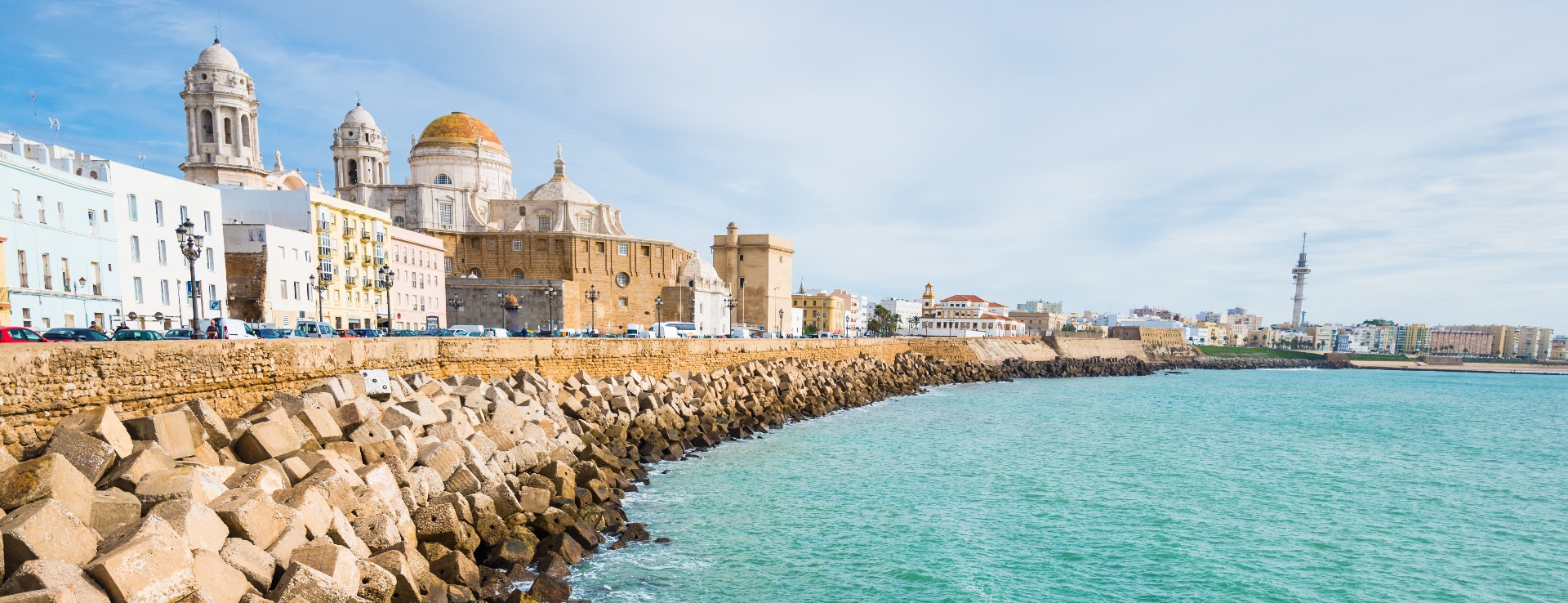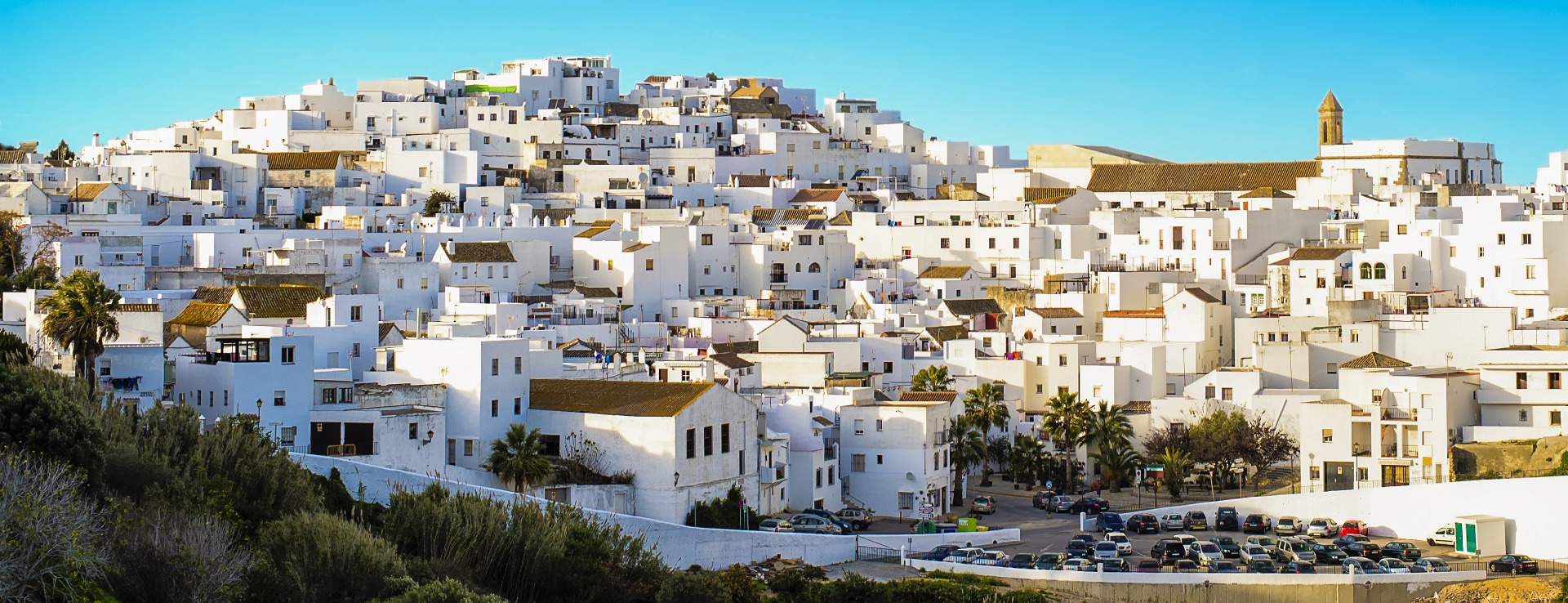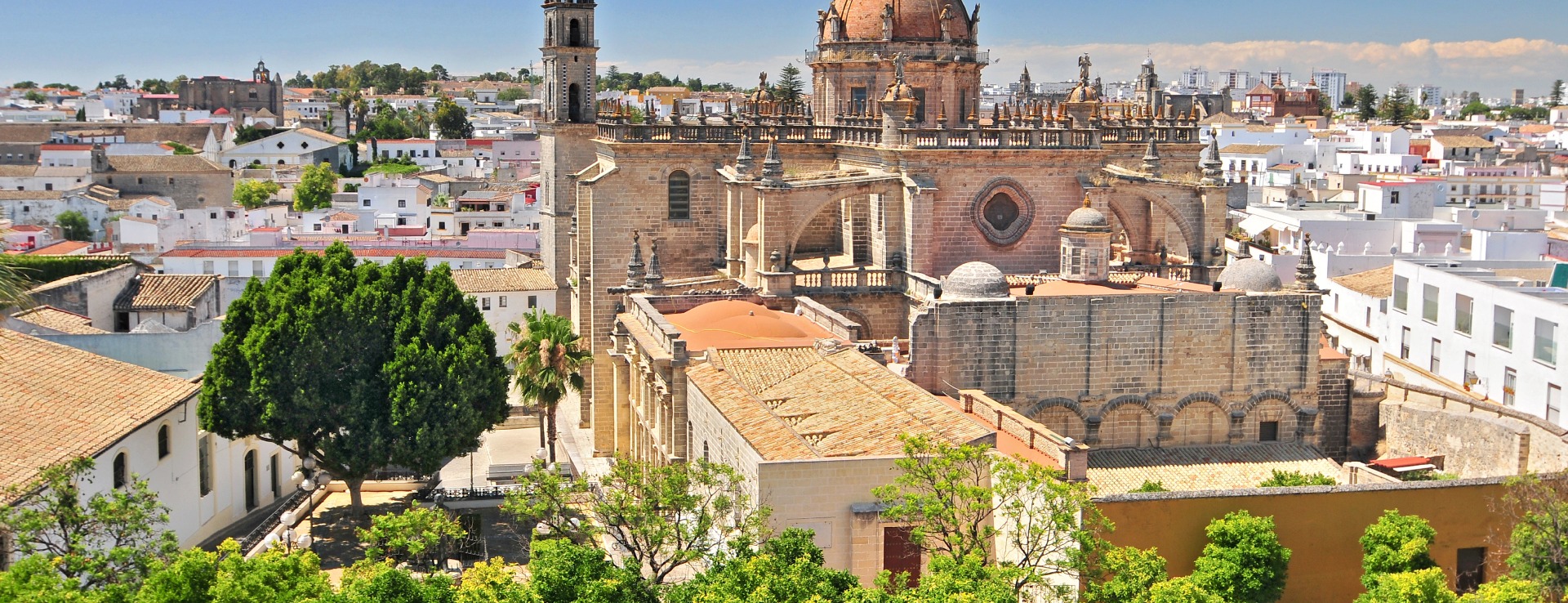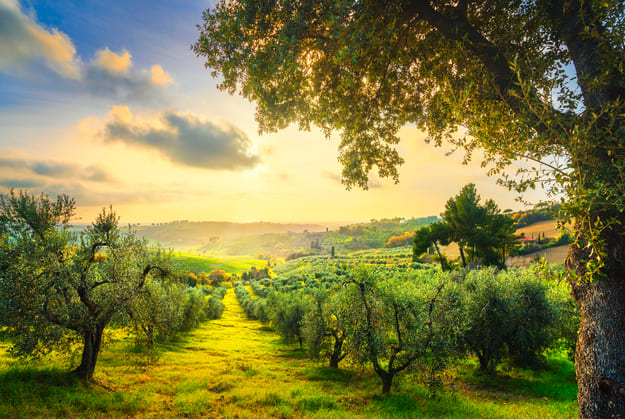Find your olive grove or oil mill
Infographic of the area
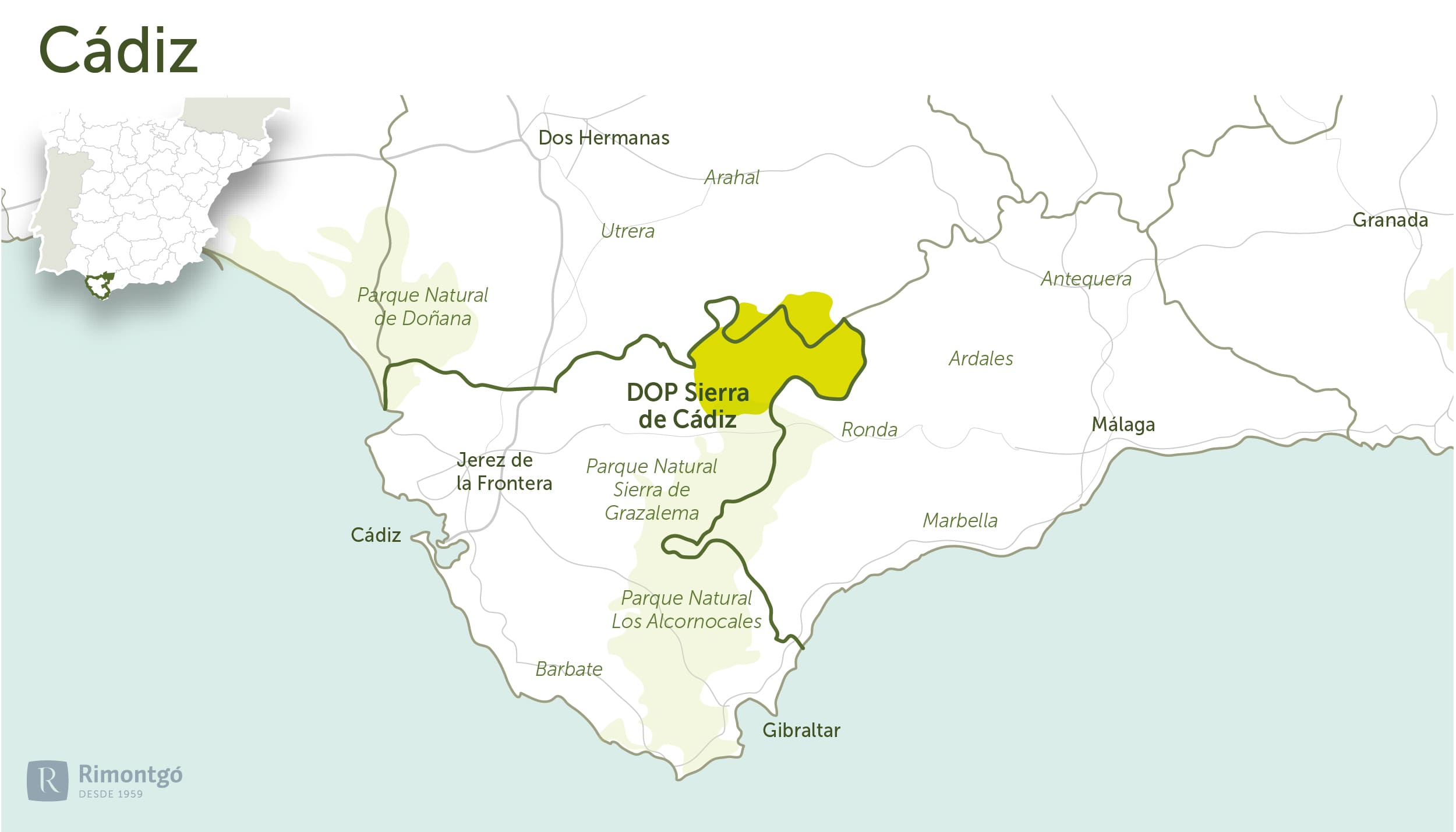
Cádiz
In Cadiz, the DO Sierras de Cadiz stands out as the only DO for olive trees in the province.
Sierras de Cadiz DO
It covers the municipalities of Olvera, Setenil, Torre Alháquime, El Gastor, Zahara de la Sierra, Algodonales, Alcalá Del Valle, Pruna, Algámitas and Coripe.
Varieties
Near the Sierra de Grazalema Natural Park, the variety that gives most character to the oil is called lechín de Sevilla, although manzanilla, verdial de Huévar, verdial de Cádiz, Hojiblanca, Picual, Alameña de Monilla and arbequina are also important.
History
From a historical point of view, the olive-growing tradition of this area is reflected in various writings and passages. The name Olvera, a municipality whose name comes from the Muslim name 'Wubira', indicates the existence of a multitude of 'oliveras' (olive groves) in the area.
It is also worth mentioning the tradition that exists in Pruna, where there is a family-run olive oil factory that began in 1886 and is still in operation today. In Setenil de las Bodegas, there were four oil factories in the 19th century, and in Zahara de la Sierra, the existence of a magnificent wild olive oil is mentioned.
Climate and Soil
The region of the Sierra de Cádiz is located in two distinct geographical areas; on the one hand, the Grazalema massif and, on the other, the north-western area, where the actual olive-growing areas are located, separated by the river Guadalete.
The soils of the Sierra de Cádiz are poor, allowing few crops to be grown, except herbaceous crops in the countryside and olive groves on steeper slopes.
The Sierra de Cádiz has a very different climate from the rest of the province, due to the increase in altitude to 1800 metres. It is one of the coldest areas in the province of Cádiz, due to its distance from the sea. It has a rainfall of more than 600 litres/year.
Olive oil mills
Cooperativa Los Remedios - Picasat S.C.A, Cooperativa Agraria San Antón and Almazara Las Pilas S.L, Troya - Cantalejo S.L.
Olives
Subscribe to our mailing list to receive news about olive groves and oil mills.

